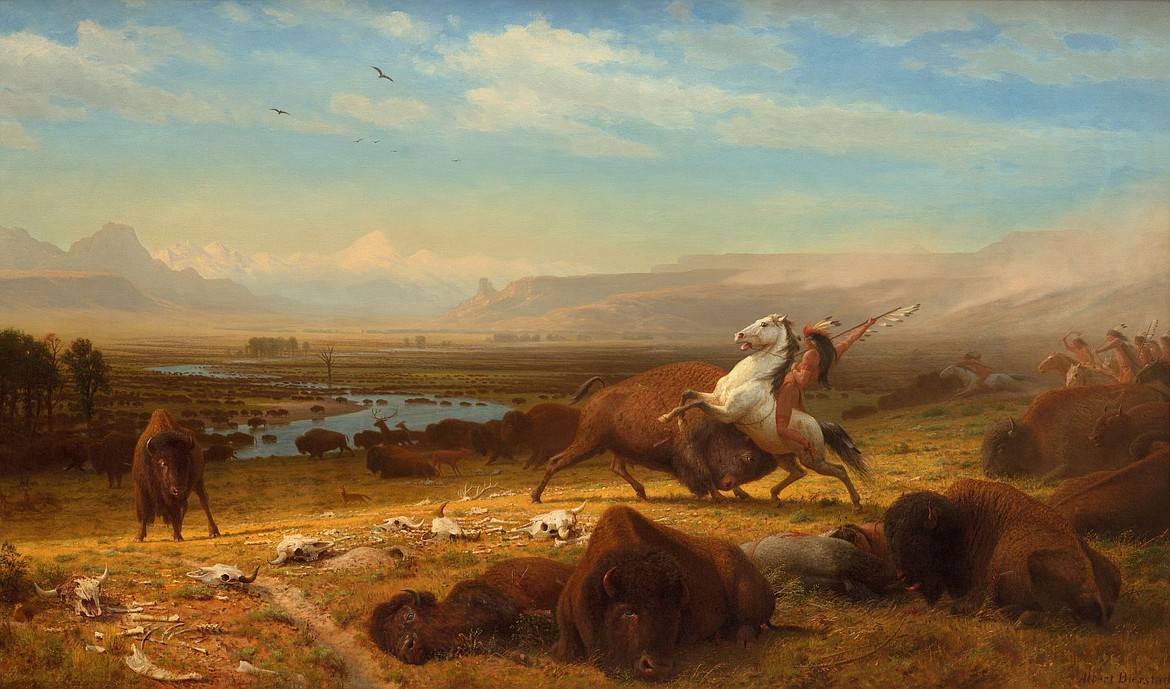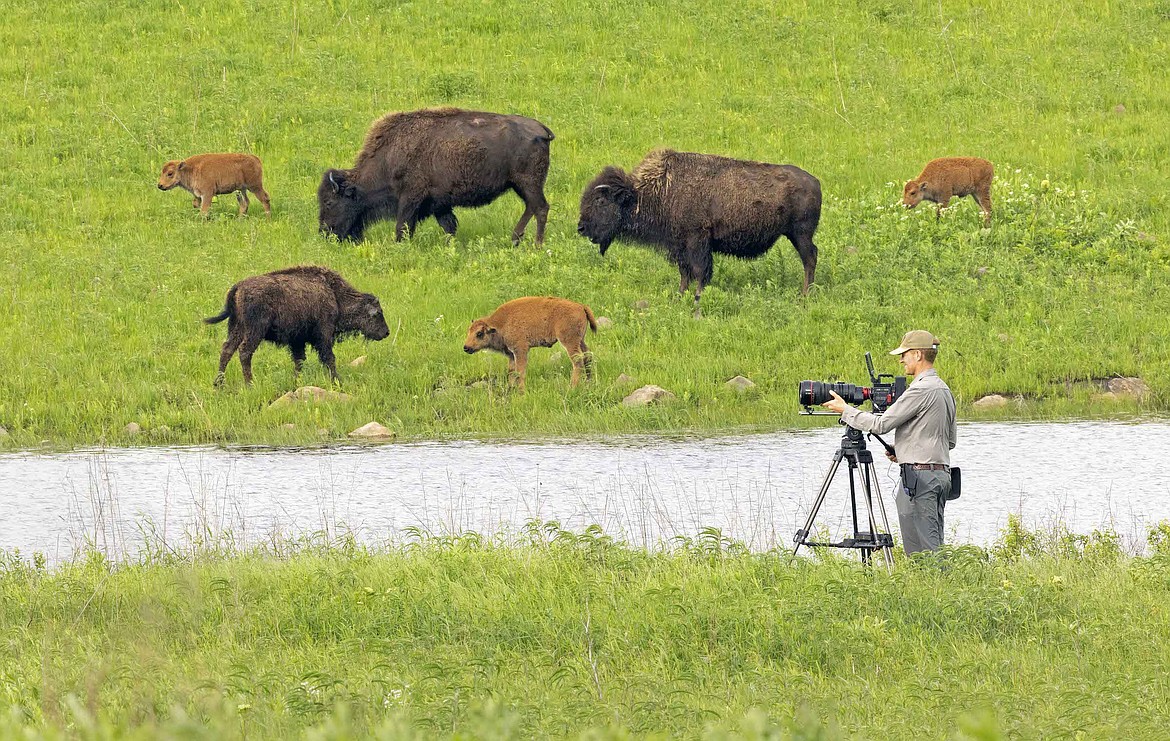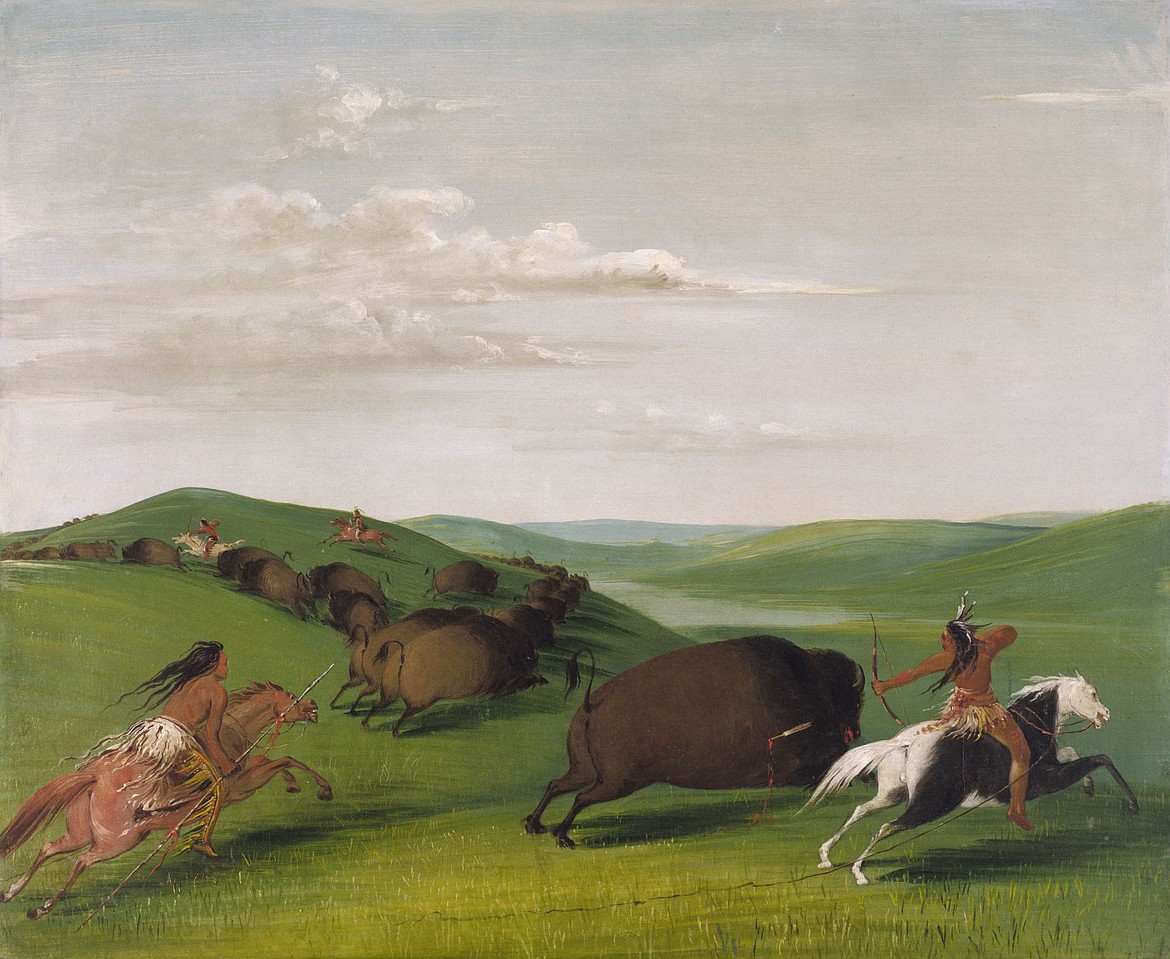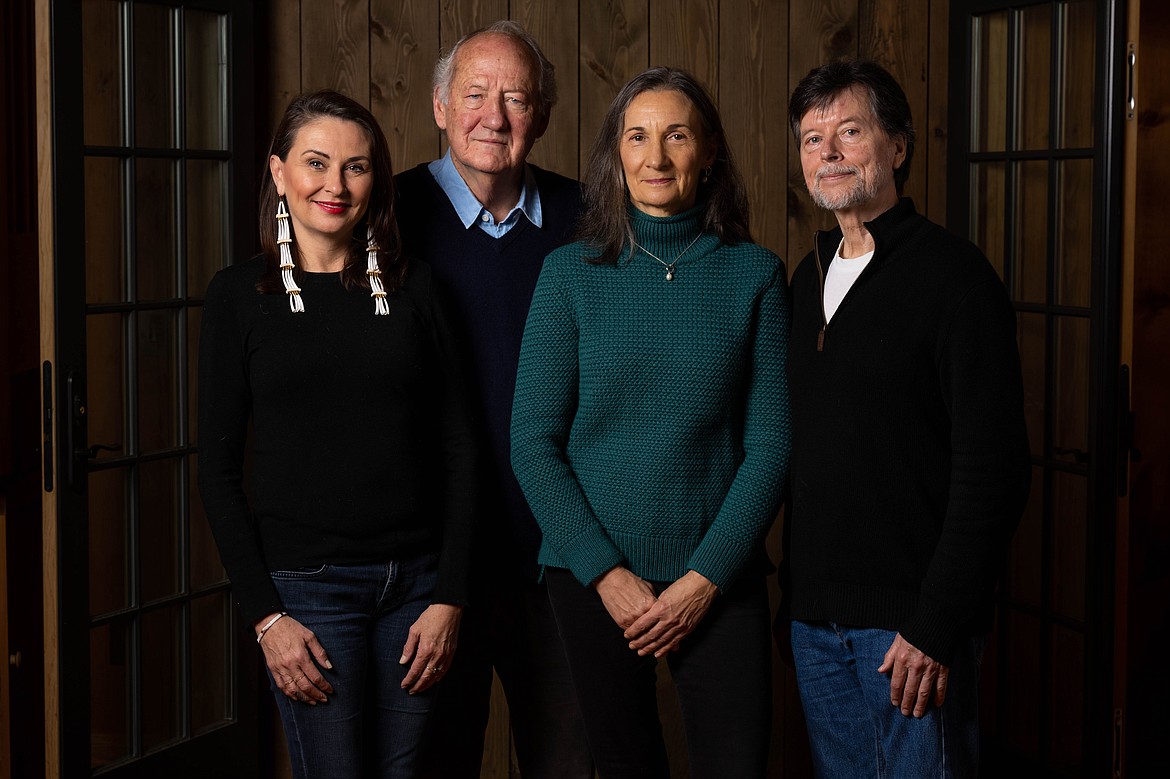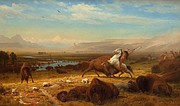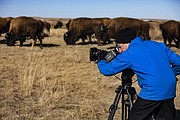Film tells unexpected journey of the buffalo
The biography of an improbable, shaggy beast that has found itself at the center of many of the country’s most mythic and heartbreaking tales is the story told in a new film premiering on PBS in October.
“The American Buffalo” is a two-part, four-hour film directed by Ken Burns. It premieres on Oct. 16 and 17.
The series, which has been in production for four years, will take viewers on a journey through more than 10,000 years of North American history and across some of the continent’s most iconic landscapes, tracing the mammal’s evolution, its significance to the Great Plains and its relationship to the Indigenous People of North America.
“It is a quintessentially American story,” Ken Burns said in a release. “Filled with unforgettable stories and people. But it is also a morality tale encompassing two historically significant lessons that resonate today: how humans can damage the natural world and also how we can work together to make choices to preserve the environment around us.”
For thousands of generations, buffalo have evolved alongside Indigenous people who relied on them for food and shelter, and, in exchange for killing them, revered the animal, according to a release from PBS.
“The story of the American buffalo is also the story of Native nations who lived with and relied on the buffalo to survive, developing a sacred relationship that evolved over more than 10,000 years but which was almost completely severed in fewer than 100,” Burns said.
The stories of Native people anchor the series, including the Kiowa, Comanche and Cheyenne of the Southern Plains; the Pawnee of the Central Plains; the Salish, Kootenai, Lakota, Mandan-Hidatasa, Aaniiih, Crow, Northern Cheyenne and Blackfeet from the Northern Plains; and others.
“The story of American bison,” historian Rosalyn LaPier says in the film, “really is two different stories. It’s a story of Indigenous people and their relationship with the bison for thousands of years. And then, enter not just the Europeans, but the Americans…that’s a completely different story. That really is a story of utter destruction.”
The series was written by Dayton Duncan, who is also the author of the companion book, “Blood Memory: The Tragic Decline and Improbable Resurrection of the American Buffalo.”
The film includes commentary and perspectives provided by Montana-based authors Steven Rinella and Michael Punke, and interviews with leading Native American scholars, land experts and Tribal Nation members.
“The American Buffalo” documents the startling swiftness of the species’ near extinction in the late 19th century. Numbering an estimated 30 million in the early 1800s, the herds began declining for a variety of reasons, including the lucrative buffalo robe trade, the steady westward settlement of an expanding United States, diseases introduced by domestic cattle and drought.
But the other, lesser-known part of this story, told in the film’s second episode, is about the people who set out to save the species from extermination and how they did it. Today, there are approximately 350,000 buffalo in the U.S., most of them descendants of 77 animals from five founding herds at the start of the 20th century, and their numbers are increasing.
“The American Buffalo” will air Oct. 16 and 17, at 8-10 p.m. ET on PBS, PBS.org and the PBS App.



